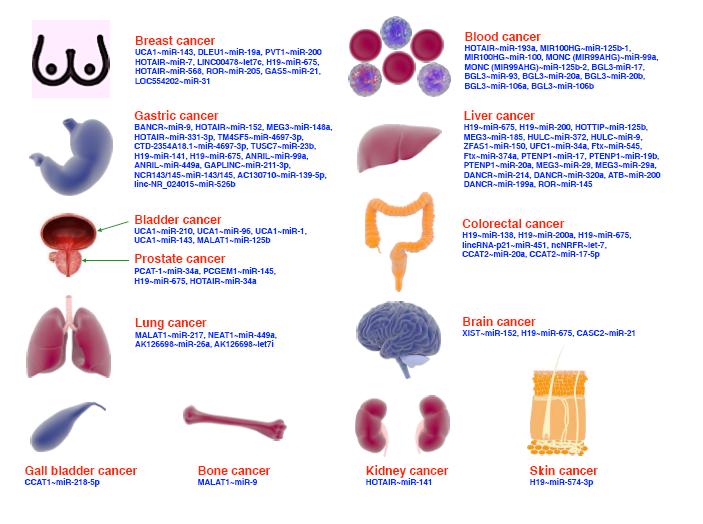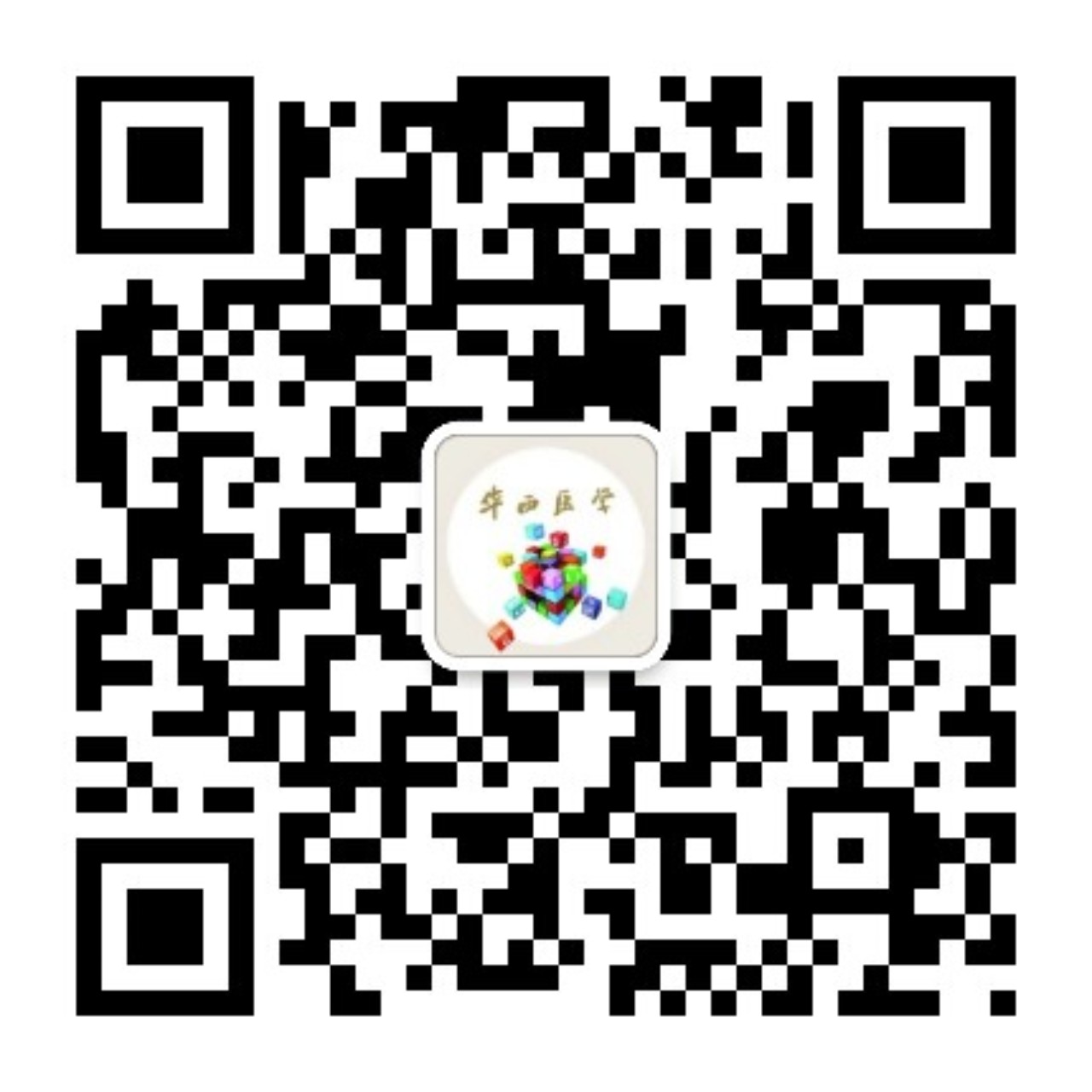| 1. |
Chuck RS, Jacobs DS, Lee JK, et al. Refractive errors & refractive surgery preferred practice pattern®. Ophthalmology, 2018, 125(1): P1-P104.
|
| 2. |
Hashemi H, Fotouhi A, Yekta A, et al. Global and regional estimates of prevalence of refractive errors: systematic review and meta-analysis. J Curr Ophthalmol, 2017, 30(1): 3-22.
|
| 3. |
Yuan X, Song H, Peng G, et al. Prevalence of corneal astigmatism in patients before cataract surgery in Northern China. J Ophthalmol, 2014, 2014: 536412.
|
| 4. |
Reitblat O, Levy A, Kleinmann G, et al. Effect of posterior corneal astigmatism on power calculation and alignment of toric intraocular lenses: comparison of methodologies. J Cataract Refract Surg, 2016, 42(2): 217-225.
|
| 5. |
Sun XY, Vicary D, Montgomery P, et al. Toric intraocular lenses for correcting astigmatism in 130 eyes. Ophthalmology, 2000, 107(9): 1776-1781.
|
| 6. |
Mendicute J, Irigoyen C, Aramberri J, et al. Foldable toric intraocular lens for astigmatism correction in cataract patients. J Cataract Refract Surg, 2008, 34(4): 601-607.
|
| 7. |
Atchison DA, Markwell EL, Kasthurirangan S, et al. Age-related changes in optical and biometric characteristics of emmetropic eyes. J Vis, 2008, 8(4): 1-20.
|
| 8. |
Shammas HJ, Hoffer KJ, Shammas MC. Scheimpflug photography keratometry readings for routine intraocular lens power calculation. J Cataract Refract Surg, 2009, 35(2): 330-334.
|
| 9. |
Seo KY, Im CY, Yang H, et al. New equivalent keratometry reading calculation with a rotating Scheimpflug camera for intraocular lens power calculation after myopic corneal surgery. J Cataract Refract Surg, 2014, 40(11): 1834-1842.
|
| 10. |
Hirnschall N, Hoffmann PC, Draschl P, et al. Evaluation of factors influencing the remaining astigmatism after toric intraocular lens implantation. J Refract Surg, 2014, 30(6): 394-400.
|
| 11. |
Mohammadi SF, Khorrami-Nejad M, Hamidirad M. Posterior corneal astigmatism: a review article. Clin Optom (Auckl), 2019, 11: 85-96.
|
| 12. |
Goggin M, Zamora-Alejo K, Esterman A, et al. Adjustment of anterior corneal astigmatism values to incorporate the likely effect of posterior corneal curvature for toric intraocular lens calculation. J Refract Surg, 2015, 31(2): 98-102.
|
| 13. |
Ribeiro FJ, Ferreira TB, Relha C, et al. Predictability of different calculators in the minimization of postoperative astigmatism after implantation of a toric intraocular lens. Clin Ophthalmol, 2019, 13: 1649-1656.
|
| 14. |
Wang L, Koch DD. Comparison of accuracy of a toric calculator with predicted vs measured posterior corneal astigmatism. J Cataract Refract Surg, 2023, 49(1): 29-33.
|
| 15. |
Wang L, Mahmoud AM, Anderson BL, et al. Total corneal power estimation: ray tracing method versus gaussian optics formula. Invest Ophthalmol Vis Sci, 2011, 52(3): 1716-1722.
|
| 16. |
Shajari M, Sonntag R, Ramsauer M, et al. Evaluation of total corneal power measurements with a new optical biometer. J Cataract Refract Surg, 2020, 46(5): 675-681.
|
| 17. |
Savini G, Taroni L, Schiano-Lomoriello D, et al. Repeatability of total keratometry and standard keratometry by the IOLMaster 700 and comparison to total corneal astigmatism by Scheimpflug imaging. Eye (Lond), 2021, 35(1): 307-315.
|
| 18. |
Shi Q, Wang GY, Cheng YH, et al. Comparison of IOL-Master 700 and IOL-Master 500 biometers in ocular biological parameters of adolescents. Int J Ophthalmol, 2021, 14(7): 1013-1017.
|
| 19. |
Lupardi E, Taroni L, Hoffer KJ, et al. Comparison of corneal power calculation by standard keratometry and total keratometry in eyes with previous myopic FS-LASIK. J Refract Surg, 2021, 37(12): 848-852.
|
| 20. |
Srivannaboon S, Chirapapaisan C. Comparison of refractive outcomes using conventional keratometry or total keratometry for IOL power calculation in cataract surgery. Graefes Arch Clin Exp Ophthalmol, 2019, 257(12): 2677-2682.
|
| 21. |
Lukewich MK, Murtaza F, Somani S, et al. Comparison of barrett toric calculations using measured and predicted posterior corneal astigmatism in cataract surgery patients. Clin Ophthalmol, 2022, 16: 1739-1751.
|
| 22. |
Fabian E, Wehner W. Prediction accuracy of total keratometry compared to standard keratometry using different intraocular lens power formulas. J Refract Surg, 2019, 35(6): 362-368.
|




